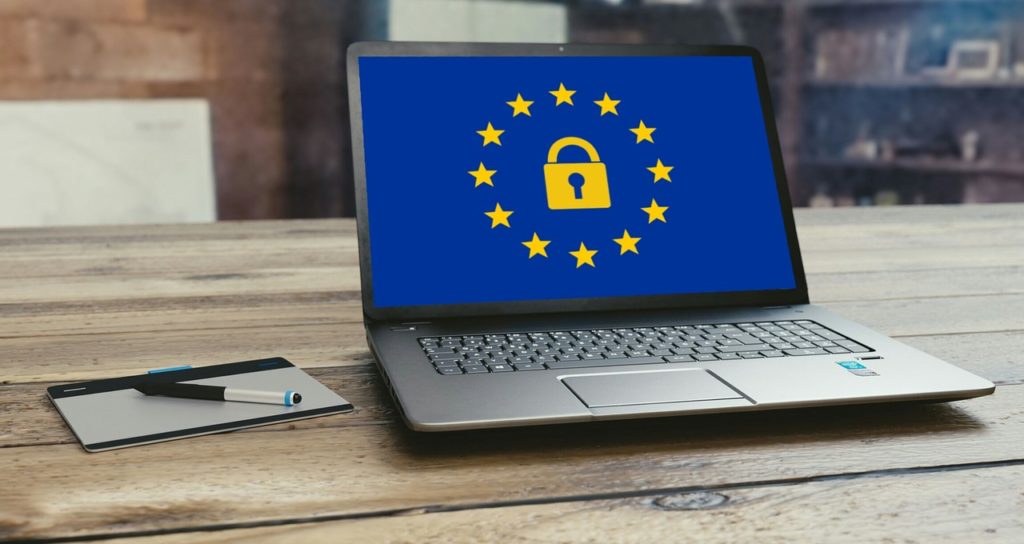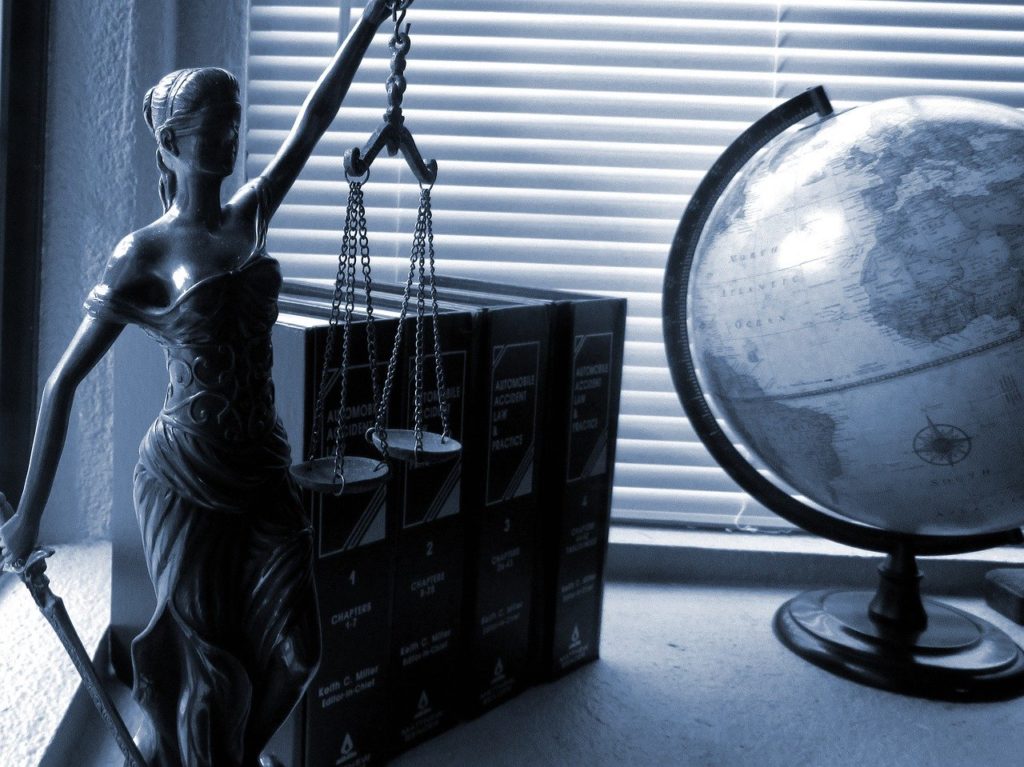The European Union (EU) and the United Kingdom (UK) have been generally friendly towards crypto assets since the beginning. However, they’re now aiming for greater protection for crypto users, and some rules are going to be in place soon. We’re talking especially about the new Markets in Crypto-Assets (MiCA) law, that will apply to all the EU state members —plus, their own national regulations.
This is a very flourishing market. Indeed, according to the last crypto-adoption report by Chainalysis, “Central, Northern, & Western Europe (CNWE) has the biggest cryptocurrency economy in the world, receiving over $1 trillion worth of cryptocurrency over the last year [2020-2021], which represents 25% of global activity.”

Therefore, the market has grown enough to have official regulations across the Eurozone. After MiCA, it’s expected that companies can play with clear rules, while consumers enjoy legal protection —including some limits, though. Let’s explore what’s coming.
An overview outside MiCA law
Not only the MiCA law exists in this zone, of course. Countries like Malta, Estonia, Germany, and Switzerland have established regulatory frames for cryptocurrencies, specially designed to boost innovation and attract foreign investors.
Indeed, Malta is dubbed “The Blockchain Island”, Estonia has its own “e-Residency” for companies, and Switzerland it’s very known for the Zug Crypto Valley. This is a town where around 800 crypto-companies and organizations have found their tax-free home, and the residents can betala med krypto.

Germany it’s considered a tax haven for cryptocurrencies. Only in CoinMap, we can find over 600 venues of all kinds accepting Bitcoin and cryptos as payment in this country. Beyond that, we can also find at least 82 crypto-ATMs there [CoinATMRadar], and they have third place worldwide by Bitcoin nodes [BitNodes].
Storbritannien, å andra sidan, har försökt att skapa en viss balans mellan innovation och reglering. They’ve been actively promoting regulation sandboxes for startups, medan företag som börser måste följa de vanliga KYC-reglerna. Ändå, kryptoderivaten för privatkunder är förbjudna, och de förbereder sig nya regler för stallmynt och CBDC (precis som hela EU).
More countries beyond
France is an ICO-friendly country. The French Financial Markets Authority (AMF) can grant the utility token issuers an optional visa. At the same time, they’re running a research program called “UNICORN” (Universal Node to ICO’s Research & Network). The goal of it is to promote this type of funding safely.
On the other hand, an investigation by the airline Fast Private Jet in early 2022, determined that Ljubljana (capital of Slovenia) is the most crypto-friendly city in the world. They have over 137 businesses and 584 different locations accepting crypto as payment. Over 20 crypto ATMs join the offer for the enthusiasts as well. Currently, the Slovenian government is aiming to tax under 5% for trading crypto, only for yearly amounts of over $10,900.

Generally, cryptos are legal and popular in the EU, but their exchange for fiat (euro) isn’t allowed without the proper AML measures applied by companies. So far, only Nederländerna har strängare KYC-åtgärder.
MiCA law summary
By 2024, theRegulation on Markets in Crypto Assets (Glimmer), proposed by the European Commission in late 2020, will apply to all 27 state members. This new framework will mainly affect the use av stallmynt, token issuers, and cryptocurrency companies. All of them will need to comply with some basic rules if they want to operate inside the EU or for EU citizens.
The European lawmakers finally agreed on a provisional version at the end of June 2022. They focused on Bitcoin, altcoins, stablecoins, and public crypto offers (like ICOs). DeFi och NFT: er were mostly left alone for now.
Remarkable points include that the Crypto Asset Service Providers (CASPs) should have at least a legal entity registered inside the European Union. They’ll also need a minimum capital amount (between 50,000 to 150,000 EUR), a fully secure digital platform, a competent team, and if they’re token issuers, a very detailed whitepaper.

Inside the legal concept of CASPs, they include services like custody, exchanges, trading platforms, execution of crypto asset orders, and financial advice on cryptocurrencies. All of them should comply with AML and CFT measures, and always provide transparent and truthful information to their clients. Of course, they’ll also be allowed to operate only with an official license.
Quarterly reports may be asked by authorities, and the trading involving privacy coins on exchanges has been banned. In the same line, they also applied the feared crypto travel rule. This means that the CASPs if asked should share with the authorities all the data regarding the senders and recipients of transactions, even if they’re withdrawing to an unhosted wallet (non-custodial personal address). At least, the transactions between unhosted wallets fall outside the MiCA scope.
The great concern: stablecoins
For Bitcoin (BTC) and other decentralized cryptocurrencies, MiCA is only asking the CASPs to share a whitepaper about their potential risks and environmental impact. They considered a complete ban against Proof-of-Work (PoW) coins (given their potential impact on the environment), but that was quickly discarded.
The great concern treated by the MiCA law is the stablecoins, even if they don’t call them that way. Instead, they divide these tokens into two categories: asset-referenced tokens and e-money tokens. The two of them include “stable” tokens, but with different collateral. The first ones can be backed by several fiat currencies, commodities, and/or cryptocurrencies; while the e-money tokens are only backed by one fiat currency.

After the mess caused by the Terra (LUNA) downfall, it seems like algorithmic stablecoins aren’t welcome. All the stablecoins’ issuers in the EU should provide proper reserves (and proof of them) to back 1:1 their coins. In addition, the MiCA law aims to set a limit of 200 million euros in daily trading volume for these tokens.
That leaves us wondering about the current leaders in the market, which already have billions in daily volume. How much of that volume comes from the EU or its citizens it’s uncertain, though. It’s been established that the stablecoins with over $5 billion in circulation will be supervised by the European Banking Authority (EBA).
If these rules are broken, the companies may face monetary sanctions of up to five million euros or 3% of annual turnover. For individuals, the sanctions are limited to 700,000 euros.
Key points of MiCA law for crypto users
Of course, the mentioned measures are mostly affecting the service providers, and not directly the users. For them, the changes are almost imperceptible: they must provide their identity when trading with fiat (euros) and be sure to pay their taxes in time (if there are any). That will still vary from country to country.

Important changes for average users seem to be only the travel rule (to share their identity with more parties), and the ban over privacy coins (like Monero) on exchanges. Nevertheless, if the limits for stablecoins remain as they are, the users can also be forbidden to trade their usual amounts with these tokens.
The MiCA law is still pending approval by the EU Council and Parliament. After that, it’s planned to come into force starting in 2024. It will be perfectly safe investing in (and spending) cryptocurrencies in the European Union, though. If you choose a regulated exchange, the better. That’s because, in case of problems, they’ll really take responsibility for your funds.
Wanna trade Bitcoin, Ethereum, and other tokens? You can do it säkert på Alfacash! Och glöm inte att vi pratar om detta och många andra saker på våra sociala medier.








